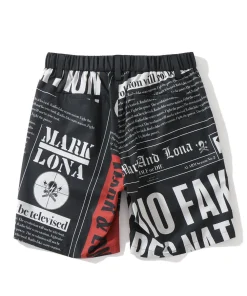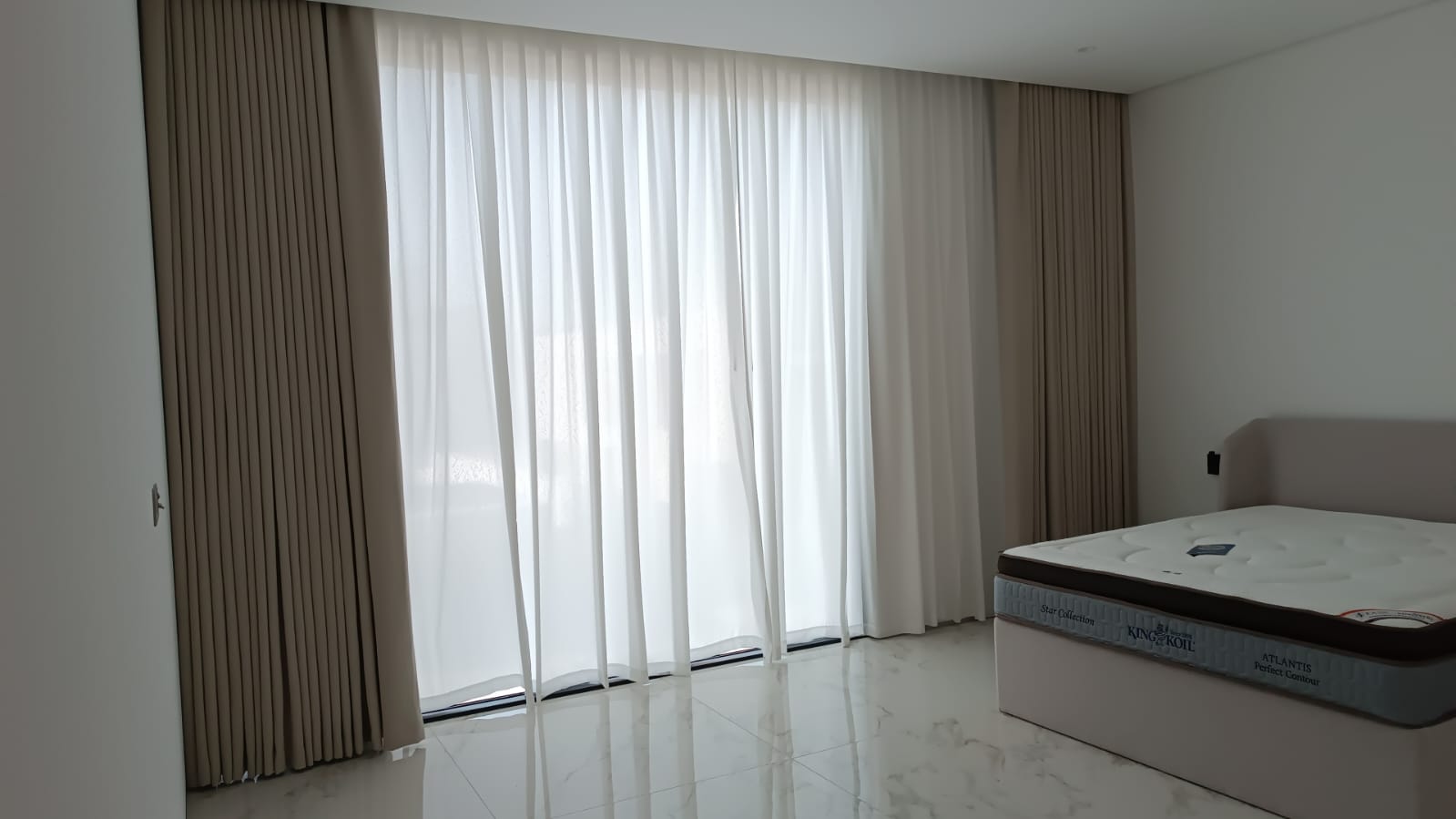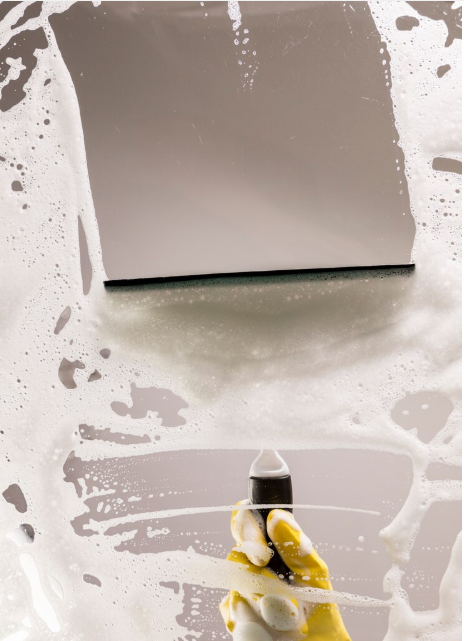How to Protect Your Kitchen Cabinets with Wrapping Materials
Moving to a new home can be an exciting experience, but it also involves plenty of challenges—one of the most significant being the safe transport of your kitchen cabinets. Kitchen cabinets are often large, heavy, and expensive, making them prone to damage during a move. Whether you’re relocating locally in Dubai or across the globe, taking the right steps to protect your kitchen cabinets with proper kitchen wrapping materials is essential to ensure that they arrive at your new home in pristine condition.
In this article, we’ll explore the best practices and top materials you can use to wrap and protect your kitchen cabinets during a move, preventing scratches, dents, moisture damage, and other common moving-related issues.
1. Why Protect Your Kitchen Cabinets?
Kitchen cabinets often represent a substantial investment. They are custom-built to fit your kitchen’s style, and replacing them can be both costly and time-consuming. Moving or transporting cabinets without proper protection can lead to:
- Scratches and Dents: Cabinets are usually made from wood, laminate, or metal, all of which are prone to surface damage from rough handling or contact with other items.
- Moisture Damage: Wood and some types of laminate cabinets can warp, swell, or stain if exposed to moisture during transit.
- Paint or Finish Damage: The paint, varnish, or other finishes on your cabinets can be scratched off, chipped, or marred if not carefully wrapped.
- Structural Damage: In some cases, improper handling during the move can cause internal or structural damage, like warped doors or detached hinges.
Using high-quality wrapping materials and techniques can help prevent these issues, preserving both the look and functionality of your kitchen cabinets.
2. Essential Materials for Wrapping Kitchen Cabinets
Before you begin wrapping your cabinets, gather the following materials:
- Bubble Wrap: For cushioning and protecting the surface of your cabinets from impact.
- Plastic Stretch Wrap: To secure the bubble wrap and provide an additional layer of protection against dust and dirt.
- Moving Blankets: Heavy-duty blankets are excellent for covering large surfaces and providing extra padding during the move.
- Cardboard Sheets or Corner Protectors: Useful for protecting corners and edges of your cabinets from dents and scratches.
- Packing Tape: To secure all wrapping materials in place.
- Furniture Covers: If you’re wrapping cabinets with doors, you might also want to consider using furniture covers to keep the cabinets safe from moisture, dirt, and damage.
With the right materials in place, you can ensure that your kitchen cabinets are properly protected and safe from harm during the move.
3. Step-by-Step Guide to Wrapping Kitchen Cabinets
Now that you have all the materials, follow these step-by-step instructions to wrap and protect your kitchen cabinets effectively.
Step 1: Empty the Cabinets
Before wrapping your kitchen cabinets, empty them of all items, including dishes, glassware, utensils, and any other contents. This will not only make the cabinets easier to move but also reduce the risk of damaging the contents inside.
- Remove shelves and drawers: If possible, remove any removable shelves, drawers, or hardware from your cabinets. Wrap these separately and store them in boxes to prevent them from shifting or getting damaged during transport.
Step 2: Clean and Dry the Cabinets
Dust, dirt, and moisture can damage your cabinets if left unattended during the move. Clean the surface of the cabinets and ensure they are dry before wrapping them. Moisture, in particular, can lead to swelling or warping, especially with wooden cabinets, so be sure to dry any damp surfaces thoroughly.
Step 3: Wrap with Bubble Wrap
Start by wrapping each cabinet or individual doors with bubble wrap. The bubble wrap acts as a cushion to protect the surface from scratches, dents, and bumps during the move.
- Wrap each door individually: For cabinets with doors, wrap each door with bubble wrap to protect them from abrasions or impacts. Make sure you cover the entire surface, including edges, with at least two to three layers of bubble wrap.
- Secure the wrap with tape: Once the doors are wrapped, use packing tape to secure the bubble wrap in place. Be sure not to tape directly on the cabinet’s surface, as tape residue can leave marks. Instead, tape the bubble wrap itself to hold it tightly in place.
- Use bubble wrap for the body of the cabinet: For larger cabinet units or wall-mounted cabinets, wrap the entire structure in bubble wrap, starting from one side and overlapping as you go. Focus on covering any exposed edges and corners to prevent scuffing and scratching.
Step 4: Add Cardboard Sheets or Corner Protectors
For added protection, especially for the edges and corners of your cabinets, place cardboard sheets or corner protectors around the most vulnerable areas. The corners of your cabinets are particularly prone to damage during a move, so protecting them with extra layers of cardboard or foam is an essential step.
- Cardboard sheets: If you don’t have corner protectors, you can cut sheets of cardboard to fit over the cabinet edges. Use packing tape to secure these sheets to the edges of the cabinet.
- Corner protectors: These are specifically designed to shield the sharp corners of furniture during a move. Foam corner protectors or even thick cardboard corner guards can prevent dents, scratches, and chips.
Step 5: Wrap with Plastic Stretch Film
After the bubble wrap and corner protection, use plastic stretch film to wrap the entire cabinet. Stretch film is versatile and holds everything tightly in place without damaging the surface of the cabinets. This final layer provides additional moisture protection and prevents dust from settling on the cabinet’s surface.
- Wrap tightly, but not too tight: Be careful not to wrap the stretch film too tightly, as excessive pressure can cause dents or deform the cabinet. The goal is to secure the bubble wrap and cardboard layers, ensuring they don’t shift during transport.
- Seal the ends: Once the entire cabinet is wrapped, seal the ends of the stretch film with tape, ensuring the protective layers stay intact.
Step 6: Use Moving Blankets for Extra Padding
For large or heavy cabinets, especially those made from wood or metal, consider using moving blankets to add extra padding during the move. Wrap the entire cabinet in a moving blanket, securing it with packing tape. This will help absorb shocks, prevent dents, and reduce the risk of scratches caused by rough handling.
- Large cabinets: For large cabinet units, like those in kitchens with built-in features, use a moving blanket to cover the entire piece, especially if it is fragile or has a custom finish.
Step 7: Label the Wrapping
Once your cabinets are wrapped, make sure to label them for easy identification. This is particularly helpful if you have multiple pieces or cabinet doors that need to be reassembled later.
- Fragile or Handle with Care: Use stickers or write directly on the wrapping materials with a marker to indicate fragile items or to direct movers to handle with care.
Step 8: Load the Cabinets Carefully
Once the wrapping process is complete, it’s time to load your cabinets into the moving truck. Make sure to lift the cabinets carefully using a dolly or hand truck to avoid putting strain on your back or causing damage during the loading process. Also, ensure that the cabinets are placed upright in the truck to avoid any shifting or unnecessary pressure that could damage the structure.
4. Additional Tips for Protecting Kitchen Cabinets
- Disassemble Hinges and Handles: If possible, remove any handles, knobs, or hinges from the cabinet doors before wrapping them. This prevents these small parts from getting damaged or caught during the move.
- Store Doors Separately: If your cabinets have detachable doors, consider wrapping them separately and stacking them flat to avoid warping or bending.
- Use Heavy-Duty Boxes for Smaller Cabinets: If you’re moving smaller cabinets or drawers, you can use heavy-duty boxes to house the cabinets, adding cushioning materials inside to prevent movement.
5. Conclusion
Wrapping your kitchen cabinets properly during a move is crucial to avoid costly repairs and ensure that your valuable cabinets make it to your new home in one piece. By using the right wrapping materials—such as bubble wrap, plastic stretch film, corner protectors, and moving blankets—you can safeguard your cabinets against scratches, dents, moisture damage, and other common moving risks. Taking the time to follow these steps will save you from headaches down the line and ensure your kitchen cabinets arrive in excellent condition, ready for installation in your new home.
By planning ahead and protecting your kitchen cabinets properly, your move will be one step closer to being a success!














Post Comment